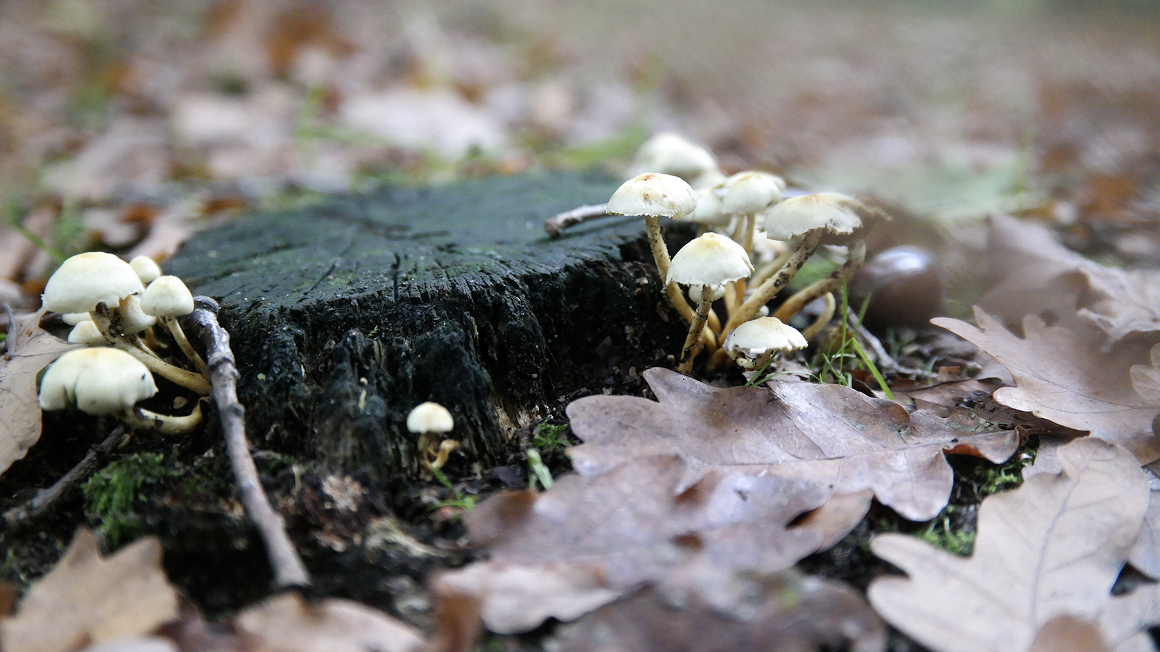With Fungilyzer to the Bioengineering World Cup
Young researchers from Düsseldorf want to score points at this year's iGEM student competition in Boston with a biological fertilizer made from symbiotic fungi.

It is a challenge that young researchers have been taking up with enthusiasm for years: the international student competition for synthetic biology iGEM. This year, the world championship in bioengineering celebrates its 20th anniversary. 350 teams from around the world will again travel to Boston in October to compete with their projects. Fourteen teams from colleges and universities in Germany are also entering the race for the coveted places, including young researchers from Heinrich Heine University Düsseldorf (HHU).
With a biological fertilizer made from improved symbiotic fungi, the Düsseldorf research group is aiming for a place on the winners' podium of the iGEM competition. Their goal is to prevent overfertilization in agriculture. The problem is that plants can only absorb phosphate fertilizers to a limited extent. In most cases, however, too much fertilizer is applied, so that the rest is washed away and has to be fertilized again. The phosphates washed out by the rain then enter waterways and endanger ecosystems.
Use natural storage function of the fungus
The students want to use the fungus species Serendipita indica to solve the problem of phosphate uptake - because the fungus naturally helps plants absorb nutrients from the soil. "The fungus has a natural storage function for nutrients, which we want to exploit and expand to build a buffer system for the applied phosphate fertilizer. It also increases the uptake area and thus the rate at which substances important for plant survival are stored," says Antigoni Mouratidou, who leads the team along with two other researchers.
Modify transport processes in the fungus
To improve phosphate uptake, the project members want to modify the transport processes of the fungus so that it can respond dynamically to different phosphate concentrations in the soil. When phosphate concentrations in the soil are high, the fungus forms more transport channels for the mineral and can thus conduct it better to the roots, which in turn means faster uptake and better storage. In this way, the fungus can release more phosphate to the crop even in times of nutrient deficiency.
Emergency gene in the fungilyzer controls nutrient release
"We ultimately want to make a fungus-based biological fertilizer available - a 'fungilyzer'. This would prevent fertilizers from being washed out because the fungus binds the excess phosphates," explains team leader Niklas Küppers. This is because as soon as the nutrient content in the soil becomes too low, an emergency gene is activated in the fungilyzer, which causes the fungus to die in a controlled manner and releases all the nutrients stored in the fungus into the soil. All experiments are initially carried out on the model organism yeast. However, the results can later be transferred to other fungi.
The Düsseldorf team still has plenty to do before the iGEM competition in the fall. After all, it's not just the project idea that has to be developed. Laboratory planning and the procurement of budget funds as well as public relations are also part of the competition. The group of 15 students from the departments of biology and biochemistry - from beginners to master's students - will be supported by three professors from HHU. In previous years, German teams have been very successful in the iGEM competition, regularly taking top places.
bb

